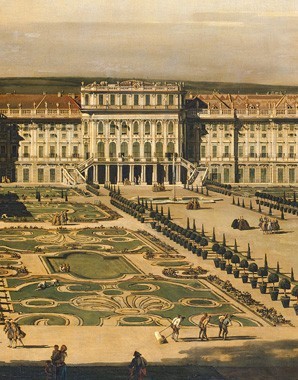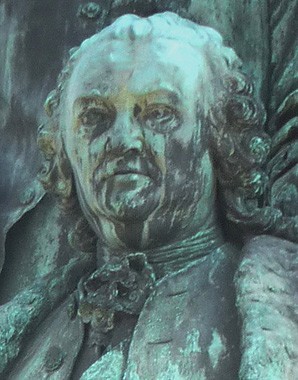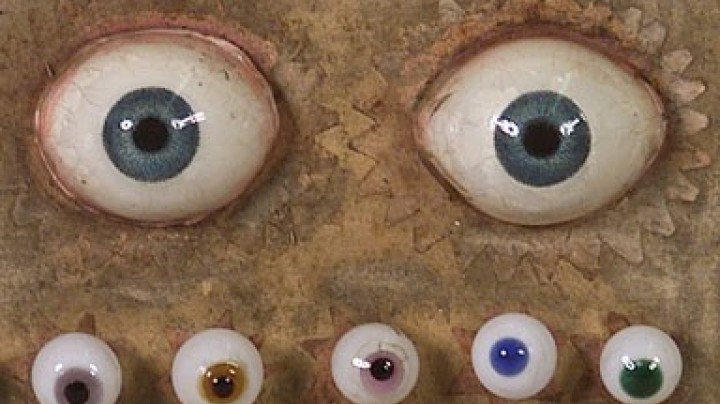Schönbrunn – imperial research laboratory
While it was clearly Maria Theresa who had the last word where the remodelling of the palace was concerned, when it came to designing the park at Schönbrunn, Franz Stephan was able to express his interest in the natural sciences. Here, he assumed the role of enlightened monarch and promoter of the modern sciences in the endeavour to uncover the mysteries of the natural world.
From this perspective, the park appears emblematic of the Enlightenment ideal of a natural environment ordered by human reason and intellect. The aim was to investigate and systematize the chaos of Nature in encyclopaedic fashion, as expressed in the development of Linnaeus’ system for the scientific classification of plants, which is still used to this day.
This ideal was turned into reality, for example, in the Holländergarten (‘Dutch Garden’) at Schönbrunn, where imperial garden administrator Adrian van Steckhoven, himself of Dutch origin, arranged plants according to botanical classification. This created not an ornamental display garden in which botanical rarities were presented according to aesthetic considerations, but a research centre with beds and greenhouses arranged on a strictly scientific basis.
Franz Stephan surrounded himself with a number of artists and scientists – with Gerard van Swieten at their head – from western Europe, where the Enlightenment was at its height. He also possessed the requisite resources and connections to have animals and plants delivered to Schönbrunn from around the world.
It is also thanks to Franz Stephan’s scientific exploration of the natural world that the Schönbrunn Menagerie came into being. Built from 1751 to designs by Jean-Nicolas Jadot, the stelliform construction is dominated by a central pavilion affording a 360-degree view over the individual enclosures. This imperial pavilion has a strikingly high socle, giving rise to the legend that it concealed a secret imperial laboratory.
Franz Stephan’s Menagerie lives on to this day as the core of Schönbrunn Zoo, making the Zoo the oldest zoological garden in the world. The Dutch Garden, on the other hand, was radically redesigned under Franz Joseph. Today, the impressive glass and iron construction of the Palm House stands in its place.


















